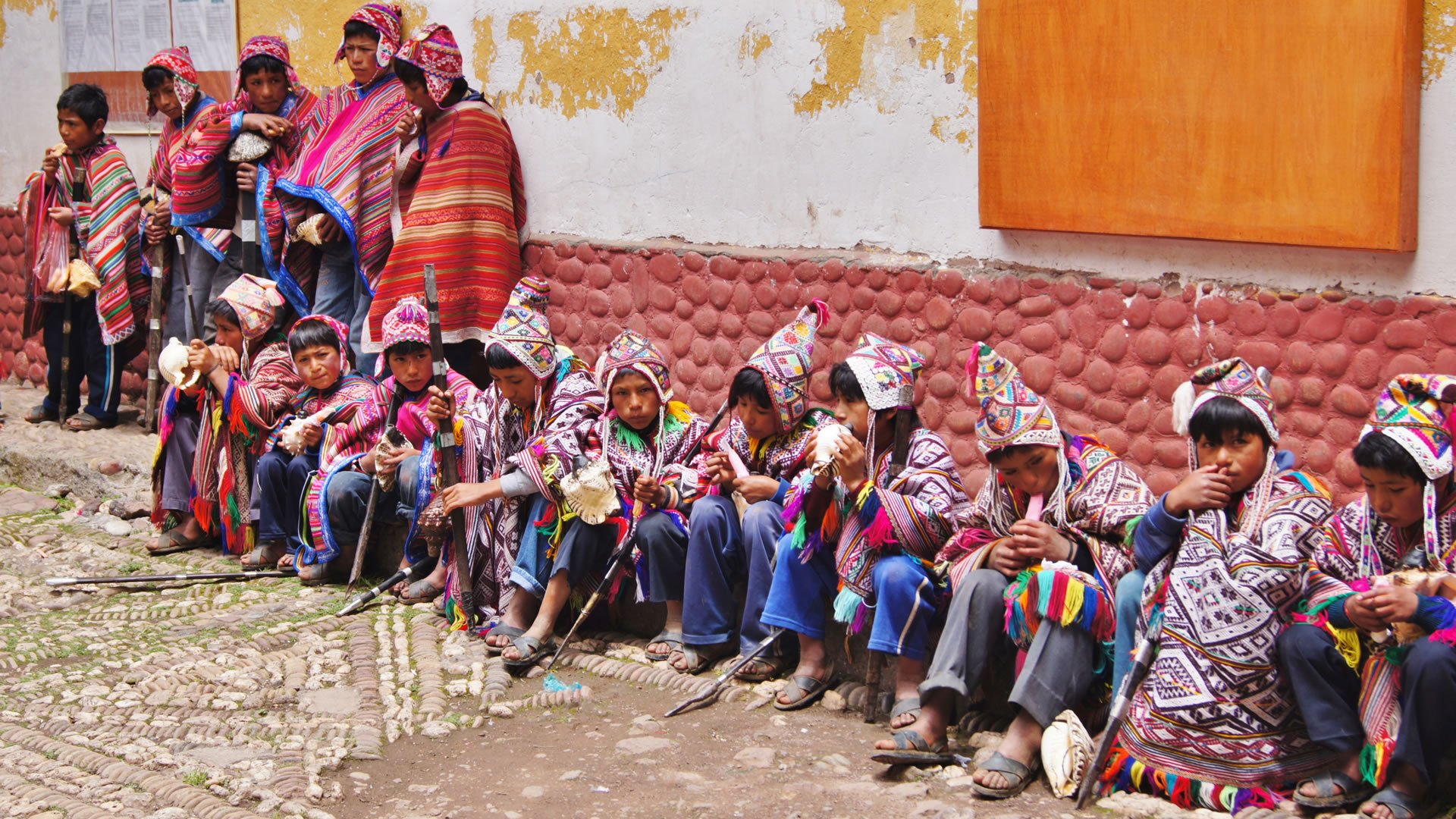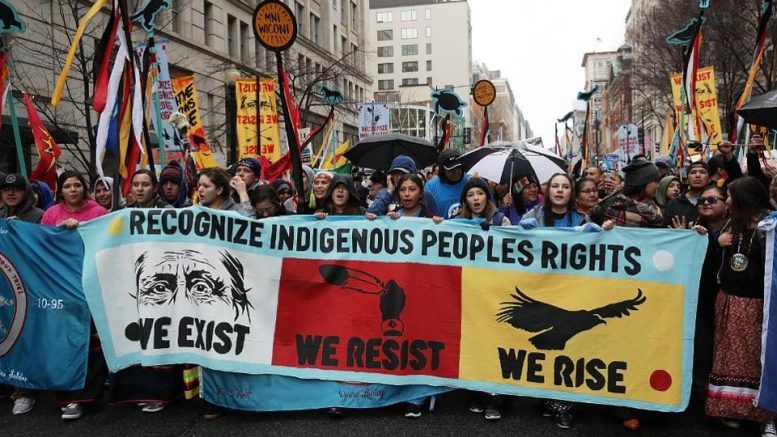The protection of minorities and indigenous peoples is an important aspect of American policy aimed at ensuring equitable treatment rights and protecting the interests of all citizens. There are many minority groups and indigenous populations in the United States which possess its distinct cultural heritage , traditions, and history.
The fight for equality: legislation and initiatives in the United States
The indigenous peoples of the United States, such as Indians and Eskimos, are one of the first and most ancient communities that inhabited the country long before the arrival of European colonists. They have a special status and legal status, which is recognized and protected by federal law. Indigenous laws, such as the Indian Affairs Act and the Indigenous Education Act, aim to promote the social and economic development of these communities, preserve and promote their cultural heritage, and ensure indigenous land rights.
In addition to indigenous peoples, the United States is home to many minority groups, including African Americans, Hispanics, Asians, Arabs, Jews and others. Protecting the rights and interests of these groups is also a priority for American society and the state. Anti-discrimination laws, including the Civil Rights Act of 1964, the Age Discrimination Act, the Sex Discrimination Act, and others, are designed to prevent and combat all forms of discrimination and inequality based on race, gender, age, religion, nationality and other characteristics.
In addition to legislation, there are various programs and initiatives to support and protect minority groups and indigenous peoples. For example, education and employment programs aimed at improving access to education and jobs for minorities, as well as social and health assistance programs.
Despite efforts to safeguard the rights of minorities and indigenous communities, they continue to encounter challenges and problems in their daily lives. Improving the situation of these groups remains a priority for American society and government, with the goal of achieving true equality and justice for all individuals, irrespective of their race, ethnicity, or cultural heritage.

Complexities and Challenges: The Situation of Indigenous Peoples in Contemporary America
Indigenous peoples in the United States face a number of challenges and problems that have a significant impact on their lives and well-being. Here are some facts that reflect some of these problems:
Land rights and territorial disputes.Indigenous peoples are fighting for recognition of their land rights and protection of sacred territories. Many of them face territorial disputes with the US government and private companies that are trying to use these lands for various purposes, such as mining or infrastructure construction.
Economic inequality resulting in high unemployment, low income and limited business opportunities.
Problems in health and education due to low access to health care and limited educational resources.
Preservation of cultural heritage. One of the primary obstacles confronting indigenous peoples is the preservation and promotion of their culture, traditions and languages. Faced with assimilation and globalization advances, numerous indigenous communities face difficulties in preserving their cultural identity . And only not many manage to preserve them.
These facts highlight the complexity of the challenges confronting Native American communities in the United States are significant and the need to take action to address these issues and ensure fairer and more equitable conditions for all citizens of the country.
Heritage Symbols: Mesa Grande Tribe Gold Coins for Native American

Previously, a 25-cent coin circulated in the United States, but in 1838 it became known as the quarter dollar. Until 1964, all coins valued over 10 cents were minted in silver coins until the switch to copper-nickel alloy began to be used. However, the quarter dollar coins in question have a special feature: they are plated with .999 gold and feature a high quality mintage known as proof-like. This unique series of 50 coins is dedicated to the indigenous people of America – the Indians.
Indian coins issued under the auspices of the Mesa Grande Tribe are a unique collection of 50 coins. The Mesa Grande Band of Diegueño Mission Indians resides in the northern region of San Diego County, California, at an elevation of 3,500 feet above the Black Canyon, situated on a plateau bordering the Cleveland National Forest. This tribe has sovereign nation status recognized by the US government, which gives them the right to issue their own coins. Each coin in the collection depicts a Native American from one of the tribes found in each of the 50 states. The images on the coins show characters in traditional costumes or engaged in traditional crafts.

